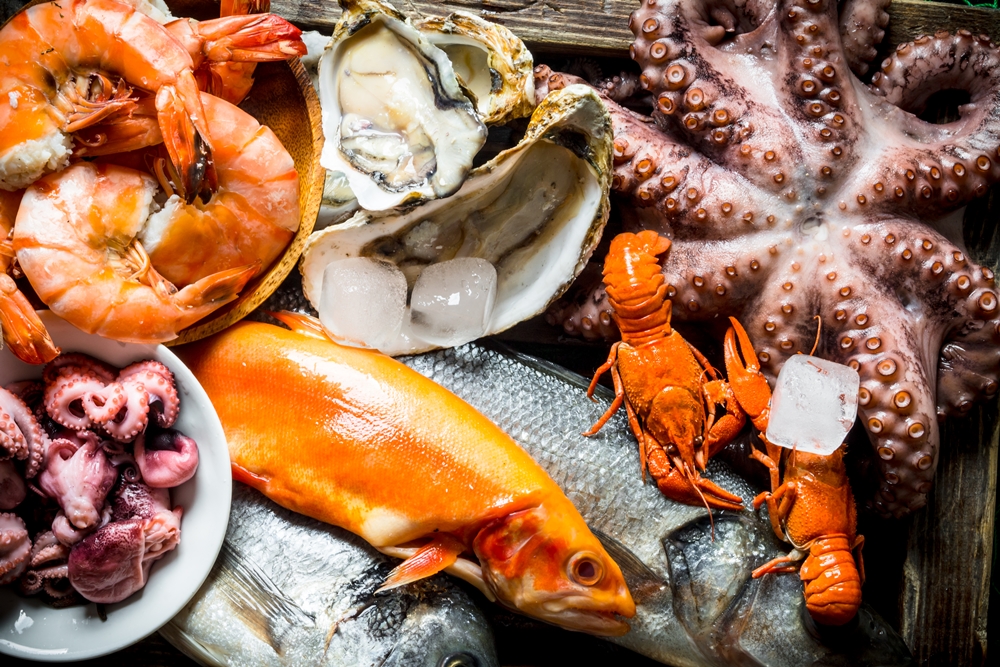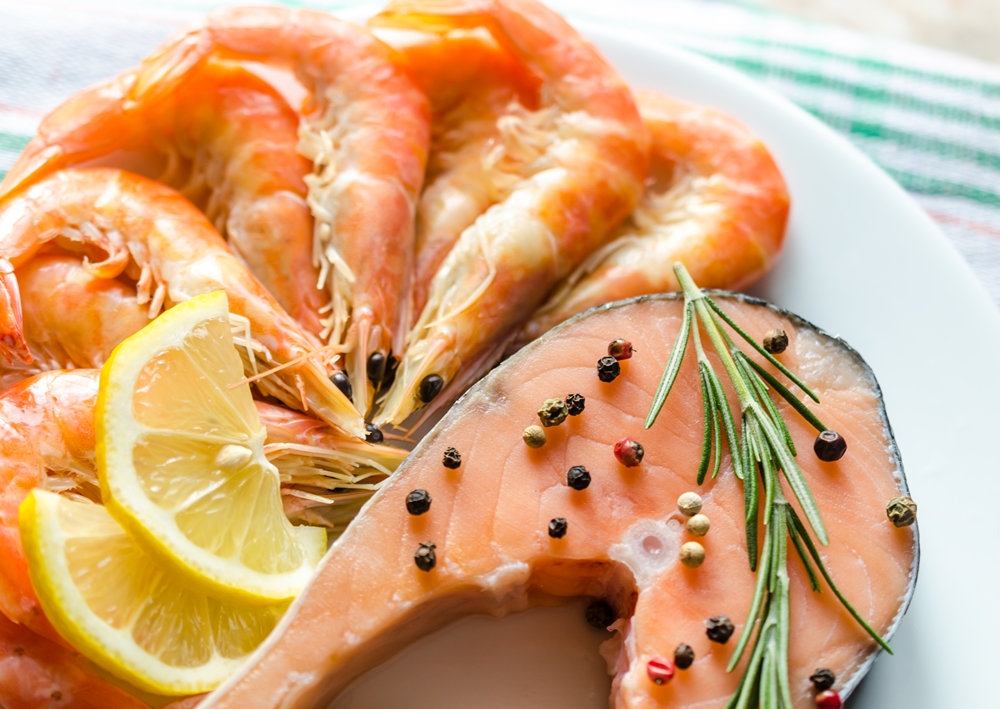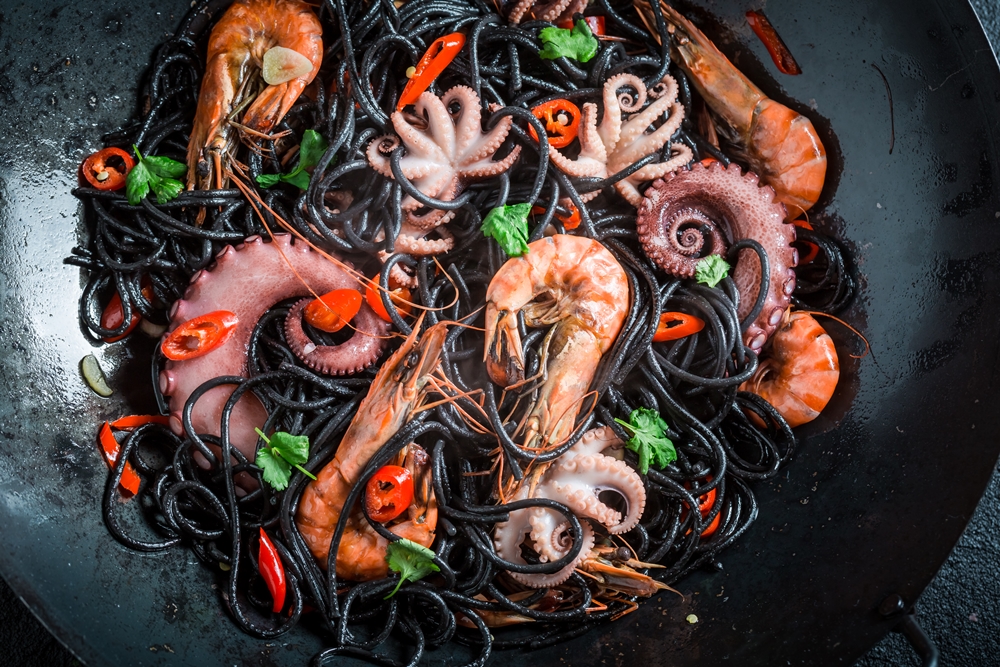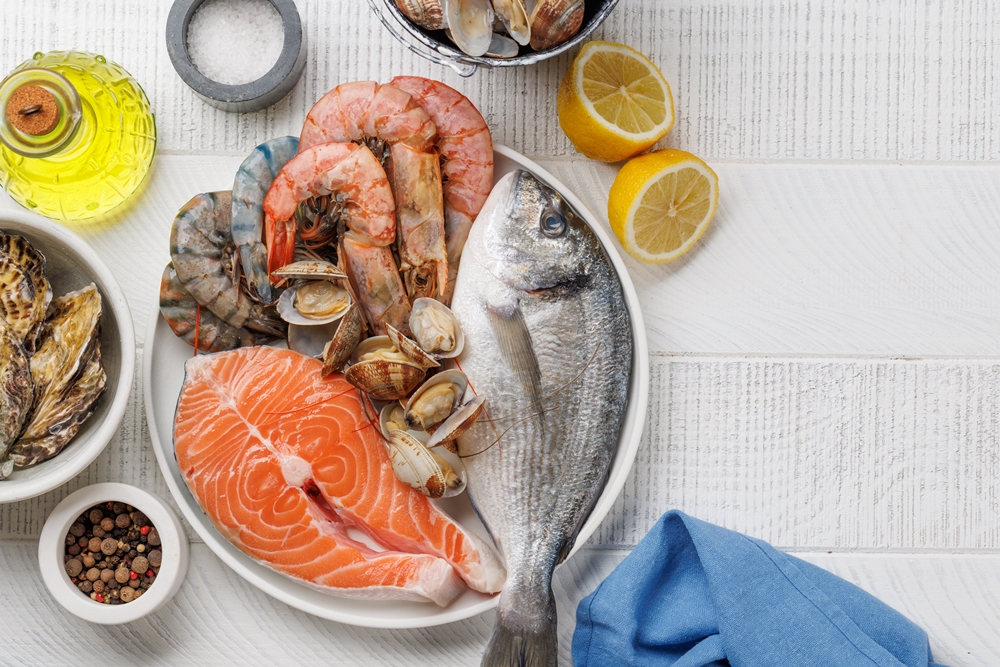Have you ever wondered why some seafood products seem to stay fresher and more appealing for longer? Honestly speaking, the answer often lies in phosphates. Let’s explore how they’re used as one of the top Seafood quality enhancers, and what is the difference between Phosphates and Non-Phosphates For Seafood. If you are keen to learn about Phosphate usage in seafood processing, read on!

Phosphates are naturally occurring minerals that play a big role in food processing. In the seafood industry, they’re used as additives to improve quality and extend shelf life. Essentially, Phosphate for seafood3 help keep seafood juicy, tender, and fresh, regardless of processing and transport. Therefore, there are plenty Benefits of phosphates in seafood
Seafood industry professionals know well about how phosphates benefit seafood and optimize the attributes of Seafood phosphate additive5. Basing on regulatory guidelines and specific requirements to ensure food safety, phosphates are added to seafood for several key reasons:
Moisture Retention – Seafood can easily lose moisture during processing and freezing. Phosphates help lock in that moisture, ensuring your seafood remains succulent and avoids becoming dry or rubbery.
Texture Enhancement – Ever had shrimp or fish that felt mushy or uneven? Phosphates help maintain a consistent texture by binding water and proteins. This means your seafood products, whether fillets or processed items, stay firm and satisfying.
Extended Shelf Life – By acting as a preservative, Phosphate for seafood helps keep seafood fresh longer. This is especially beneficial for maintaining quality during shipping and storage.

Now, what is Non-Phosphates for Seafood?
Non-phosphates refer to additives used in seafood processing that do not contain phosphorus. Non-phosphate additives may include ingredients like salt, sugar, or certain hydrocolloids (e.g., guar gum, alginate) that help retain moisture and improve texture. While the purposes of Phosphates and Non-Phosphates for Seafood are similar, the criterion of usage is individually subjective. Phosphate for seafood7 has specific health considerations related to phosphorus intake, while non-phosphates are preferred by those who need to manage phosphorus intake for specific health reasons.
Which type of seafood products should use phosphate?
Seafood industry phosphates8 are commonly used in a variety of seafood products. Here’s where you’ll find them making a difference:
– Frozen Fish Fillets – Phosphates help them stay moist and tender, even after freezing and thawing.
– Shrimp and Prawns – They prevent shrimp from becoming tough, ensuring a delightful texture.
– Processed Seafood – Items like crab sticks or fish cakes rely on phosphates for improved consistency and moisture.
The world’s leading seafood suppliers and users understand why Phosphate for seafood is a game-changer for seafood quality. Incorporating phosphates into seafood processing isn’t just about extending shelf life, it’s about enhancing the overall quality of your products.
Phosphate usage in seafood processing ensures consistent quality by maintaining a reliable texture and taste, which can lead to increased customer satisfaction and repeat business. Seafood treated with phosphates achieves in terms of visual appeal, as they look fresher and more appetizing, which helps driving sales. Most importantly, improved texture and moisture mean a better eating experience, which can promote your reputation and business success.
Without doubt, phosphates are an essential tool in seafood processing, offering benefits like moisture retention, texture enhancement, and extended shelf life. For those in the seafood industry, understanding and utilizing phosphates can elevate your product quality and keep your customers coming back for more. Embrace the power of Phosphate for seafood11 and watch your seafood business thrive!

About Jirakorn
Whether you’re a seafood processor or a consumer seeking high-quality seafood quality enhancers12, reach out to us to learn how integrating phosphates can elevate your seafood offerings. At Jirakorn Co., Ltd., we have a great variety of food additives that meet both culinary expectations and safety standards.
With more than 50 years of experience and expertise in manufacturing and distributing food additives for local and international suppliers, Jirakorn Co., Ltd. has never ceased to develop, research and improve our product quality, variety and operating standards. Since 1972, we have offered high quality seafood industry phosphates13 which include non-phosphates and mixed phosphates for frozen seafood, noodle products and processed meat products. All of which are certified Halal, GMP and HACCP.
Jirakorn Co., Ltd., the leader of food additive industry in Thailand, is proud to operate under compulsory regulations to provide high quality seafood quality enhancers14. Our MP-2 and MP-2 (new formula) are among our best-selling enhancers, which have been widely used by leading seafood exporters and suppliers. Understanding the functions and uses of phosphates will empower seafood processors to deliver superior products that meet the diverse needs of today’s consumers.
Whatever your demand for seafood phosphate additive15 would be, we can efficiently serve you with custom-blend orders using our technology, state-of-the-art manufacturing facility, innovative know-how and price-competitive product options. Feel free to discuss with us on how to take your seafood to another level.
Think Food Additives. Think Jirakorn.

Contact us today at
Jirakorn Co., Ltd.
Tel: 0 2259 6500-1, 0 2259 5297-8
Fax: 0 2258 3891
www.jirakorn.com
Reference:
The Sea Fish Industry Authority (UK)
https://tinyurl.com/ywuk2zj6
The Global Seafood Alliance (USA)
https://www.globalseafood.org/advocate/phosphates-and-shrimp/

